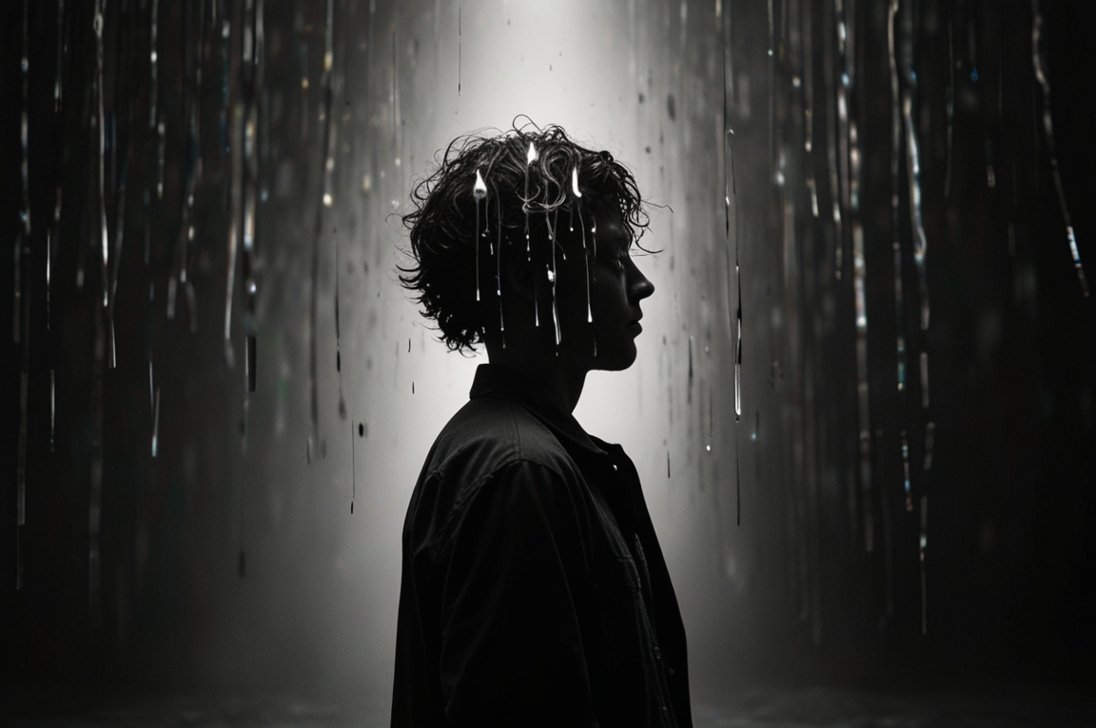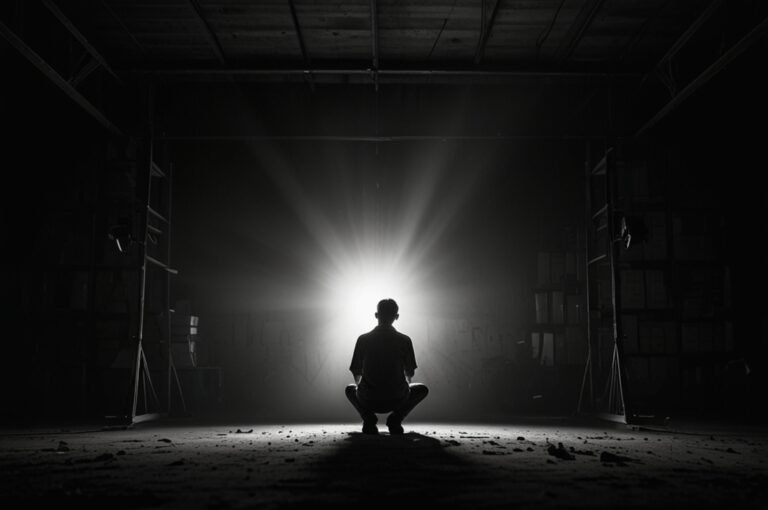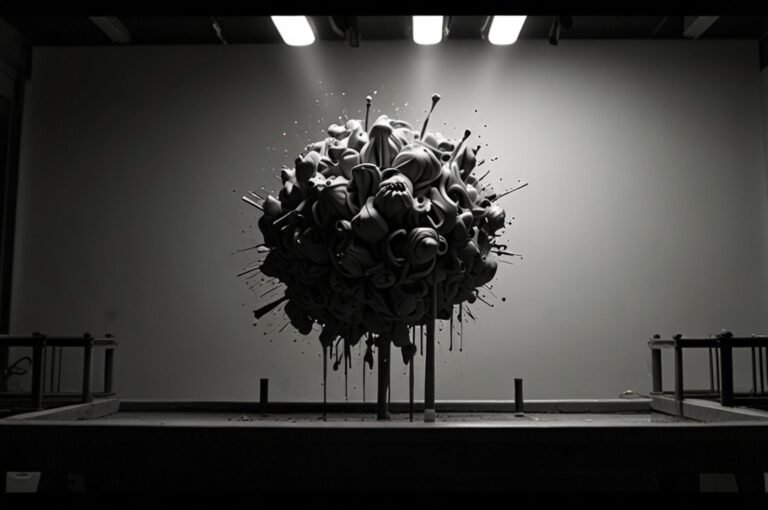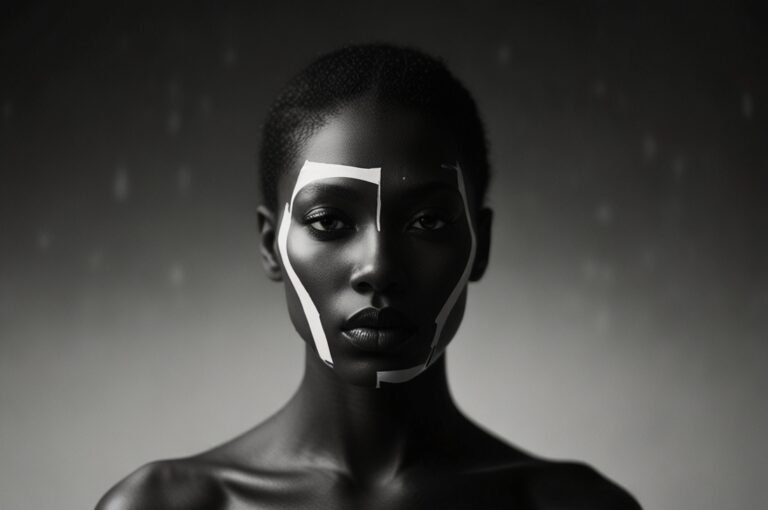Exploring Creative Exercises from Around the World
Creativity is a universal human trait, and every culture has its own ways of fostering creative thinking and innovation. From ancient storytelling traditions to modern problem-solving methods, creative exercises across the world are as diverse as the people who practice them. In this in-depth exploration, we will delve into some of the most interesting creative exercises from different cultures, examining how they inspire innovation and how you can incorporate them into your own creative practice. Whether it’s storytelling techniques from Japan, brainstorming strategies from Silicon Valley, or improvisational games used by European artists, each approach offers unique insights into the creative process.
Storytelling Techniques from Japan: The Art of Kamishibai
In Japan, storytelling has long been an integral part of culture, and one traditional technique that stands out is Kamishibai. Kamishibai, which means “paper drama,” is a form of visual storytelling that uses illustrated cards to tell stories. Originating in Buddhist temples as a way of sharing moral tales, Kamishibai evolved in the early 20th century to become a popular street entertainment, with storytellers traveling from village to village.
Kamishibai storytelling encourages creative thinking by blending visual art with oral narration. The storyteller uses a set of illustrated cards that are displayed in a small stage-like box, while narrating the story in a dynamic and engaging manner. This form of storytelling emphasizes pacing, voice modulation, and interaction with the audience, making it an effective exercise for developing public speaking skills and narrative creativity.
Kamishibai is not only a storytelling medium but also a tool that helps develop empathy, as the storyteller must convey the emotions of each character through their voice and gestures. Incorporating Kamishibai techniques into your creative practice can help improve your ability to communicate complex ideas in a compelling and visual way.
Silicon Valley Brainstorming: The Power of Post-It Notes
Brainstorming is an essential part of the creative process, and Silicon Valley is known for its innovative approaches to idea generation. One popular technique used by tech companies in Silicon Valley involves Post-It notes. This method is both simple and effective for organizing ideas, encouraging collaboration, and keeping creative discussions focused.
The brainstorming process often begins with a prompt or problem that needs solving. Participants are encouraged to write down their ideas on individual Post-It notes, which are then placed on a wall or whiteboard. The visual representation of ideas allows participants to see the bigger picture, identify connections between different concepts, and build upon each other’s suggestions. The physical act of writing and placing notes also helps make abstract ideas more tangible.
The key to the Post-It note method is to foster an environment of open communication and non-judgmental collaboration. The focus is on quantity rather than quality of ideas—participants are encouraged to write down anything that comes to mind, no matter how outlandish it may seem. This creates a psychological safety net, where individuals feel comfortable expressing their thoughts without fear of criticism.
Improvisational Games from Europe: Unlocking Spontaneity
Improvisation, or improv, is widely practiced across Europe, especially in the context of theater and artistic expression. Improv exercises are designed to enhance spontaneity, quick thinking, and the ability to adapt to unexpected situations. European improv groups often use games such as “Yes, and…” to encourage participants to embrace uncertainty and build on each other’s ideas.
In the “Yes, and…” game, participants take turns contributing to a story or situation, with each person beginning their contribution with the phrase “Yes, and…”. This ensures that every new idea is accepted and expanded upon, which helps overcome the fear of failure and encourages a positive, collaborative environment. By practicing this exercise, individuals learn to let go of inhibitions and trust their instincts, which can lead to unexpected and creative outcomes.
Another popular improv exercise is “One Word at a Time”, where participants create a story by adding one word at a time. This requires participants to listen carefully, think quickly, and stay in tune with the narrative flow. Improv exercises like these are beneficial for enhancing active listening, communication, and adaptability.
The Indian Tradition of Jugaad: Creative Problem-Solving with Limited Resources
In India, there is a cultural concept known as Jugaad, which refers to finding simple, innovative solutions to problems using limited resources. Jugaad embodies a spirit of resourcefulness and flexibility, often leading to creative outcomes in situations where conventional solutions may not be feasible. This frugal innovation mindset has gained international recognition as a valuable approach to problem-solving, especially in environments where resources are scarce.
An exercise inspired by Jugaad involves using everyday objects to solve complex problems. For example, participants may be given a set of common household items and asked to use them to create something new or solve a specific challenge. This exercise encourages participants to think beyond traditional uses for objects and find creative ways to repurpose materials.
Practicing Jugaad fosters a mindset of resilience and adaptability. It encourages individuals to view constraints as opportunities for innovation, rather than as obstacles. By embracing the principles of Jugaad, individuals can learn to think outside the box and develop creative solutions to challenges in both their personal and professional lives.
African Drumming Circles: Rhythmic Collaboration
In many African cultures, music and rhythm play an important role in fostering creativity and community. Drumming circles are a traditional exercise used to bring people together, promote expression, and create something collectively. In a drumming circle, each participant plays a drum or other percussion instrument, contributing their own rhythm to the group.
The goal of a drumming circle is not to follow a predetermined pattern, but to create a unique rhythm together in real time. Participants must listen closely to each other, adapt their playing to fit the evolving beat, and express themselves through their instrument. This form of creative collaboration is a powerful exercise for developing teamwork, active listening, and non-verbal communication skills.
Drumming circles are also a form of meditative practice, as the repetitive nature of the drumming can help individuals enter a state of flow, where they become fully immersed in the creative process. Engaging in this type of group activity can help individuals feel more connected to others, enhance their rhythmic abilities, and experience the joy of creating something collectively.
Brazilian Capoeira: The Dance of Creativity and Adaptation
Capoeira is a Brazilian martial art that combines elements of dance, acrobatics, and music. It was developed by African slaves in Brazil as a form of self-defense disguised as a dance, and it has since evolved into a powerful form of creative expression. Capoeira emphasizes improvisation, fluid movement, and adaptability, making it an excellent exercise for enhancing creative thinking.
In Capoeira, participants engage in a dialogue of movements with their partner, responding to each other’s actions in real time. The emphasis is on flow and adaptation, as each participant must anticipate and react to the other’s movements while maintaining the rhythm of the music. This dynamic exchange encourages participants to think quickly, adapt to changing circumstances, and express themselves through their bodies.
Practicing Capoeira can help individuals develop physical creativity, spatial awareness, and the ability to stay calm under pressure. It also fosters a sense of community and mutual respect, as participants work together to create a beautiful and fluid performance.
Scandinavian Hygge: Fostering Creativity through Comfort
The Scandinavian concept of Hygge (pronounced “hoo-gah”) is all about creating a cozy, comfortable environment that promotes well-being and relaxation. While Hygge is often associated with comfort and warmth, it can also be a powerful tool for fostering creativity. Creating a Hygge-inspired space can help individuals feel more relaxed and open to new ideas, which is essential for creative thinking.
One Hygge-inspired exercise involves creating a comfortable workspace that includes soft lighting, warm textures, and personal touches that bring joy. This exercise encourages individuals to design an environment that makes them feel comfortable and inspired, which can lead to increased creativity and productivity. The goal is to create a space that feels safe and nurturing, allowing the mind to wander freely and explore new ideas without stress or pressure.
Incorporating Hygge into your creative routine can also involve rituals that promote relaxation, such as drinking a cup of tea, lighting a candle, or listening to calming music. By creating a sense of comfort and well-being, individuals can enter a state of flow more easily, allowing their creativity to flourish.
The Korean Concept of Han: Channeling Emotion into Art
In Korean culture, the concept of Han represents a deep emotional state that encompasses sorrow, longing, and hope. Han has been a driving force behind many forms of Korean art, including music, poetry, and visual art. It is often seen as a source of creative inspiration, as it allows individuals to channel their emotions into their artistic practice.
An exercise inspired by Han involves expressive writing or painting as a way to process and express complex emotions. Participants are encouraged to reflect on a personal experience that evoked strong emotions and to use that experience as the basis for their creative work. This exercise allows individuals to tap into their emotional depth and use their feelings as a source of inspiration.
By embracing the concept of Han, individuals can learn to transform negative emotions into something beautiful and meaningful. This exercise is particularly powerful for developing emotional intelligence and empathy, as it encourages individuals to explore their emotions and understand the experiences of others.
The Maori Tradition of Whakairo: Creativity through Carving
Whakairo, or Maori carving, is a traditional art form practiced by the indigenous Maori people of New Zealand. Whakairo involves carving intricate designs into wood, bone, or stone, often depicting important cultural symbols and stories. This art form is deeply connected to Maori identity and spirituality, and it is an exercise in both technical skill and cultural expression.
An exercise inspired by Whakairo involves creating symbolic art that represents an aspect of one’s personal or cultural identity. Participants are encouraged to choose a symbol or motif that is meaningful to them and to create a visual representation of that symbol using any medium they choose, such as drawing, painting, or sculpting.
This exercise helps individuals explore their own identity and values, while also developing their technical artistic skills. It encourages participants to think about the symbols and stories that are important to them and to use those symbols as a basis for their creative work. By engaging in this type of symbolic art, individuals can connect more deeply with their own sense of self and culture.
The French Tradition of Café Debates: Creative Discussions
In France, the tradition of café debates is a popular way to engage in creative discussions and explore new ideas. Café debates involve gathering in a casual setting, such as a café, and discussing a wide range of topics, from philosophy and politics to art and culture. The goal is to engage in thought-provoking conversations that challenge one’s assumptions and broaden one’s perspective.
An exercise inspired by café debates involves organizing a creative discussion group where participants gather to discuss a specific topic or question. The emphasis is on open dialogue, active listening, and respectful debate. Participants are encouraged to share their thoughts, challenge each other’s ideas, and explore different perspectives in a collaborative and non-judgmental environment.
This type of creative exercise helps individuals develop their critical thinking and communication skills, as well as their ability to see issues from multiple perspectives. It also fosters a sense of community and intellectual curiosity, as participants learn from each other and explore new ideas together.
Conclusion: Embracing Global Creative Exercises
Creativity is a universal human trait, but the ways in which it is expressed and nurtured vary greatly from culture to culture. By exploring creative exercises from around the world, we can gain a deeper understanding of the diverse ways in which people approach creativity and innovation. Whether it’s storytelling through Kamishibai, improvisation through European theater games, or problem-solving through Indian Jugaad, each exercise offers unique insights into the creative process.
Incorporating these diverse creative exercises into your own practice can help you develop new skills, broaden your perspective, and enhance your ability to think creatively. By embracing the richness of global creativity, you can unlock your own potential and bring new ideas to life in ways you never imagined.






